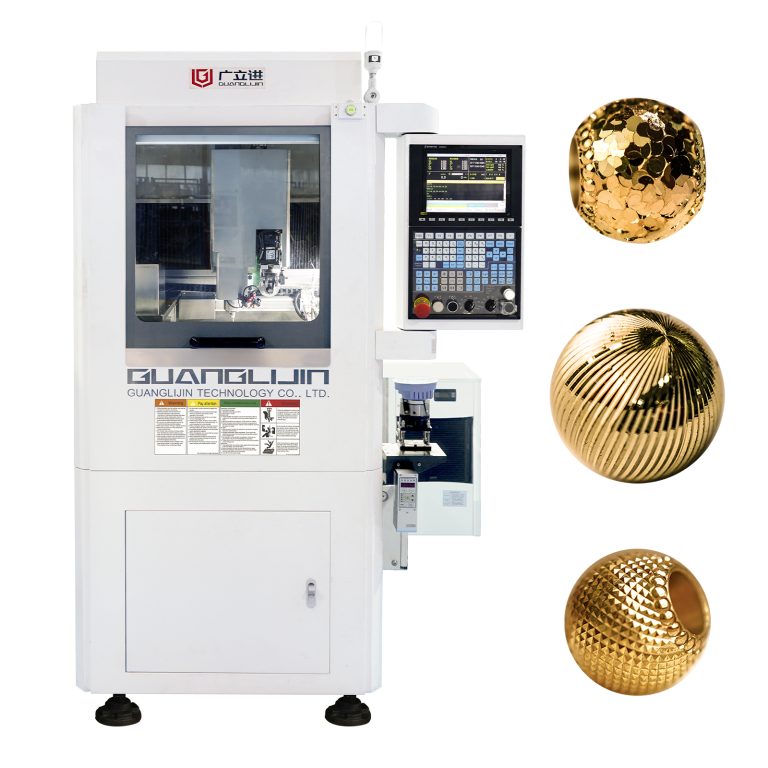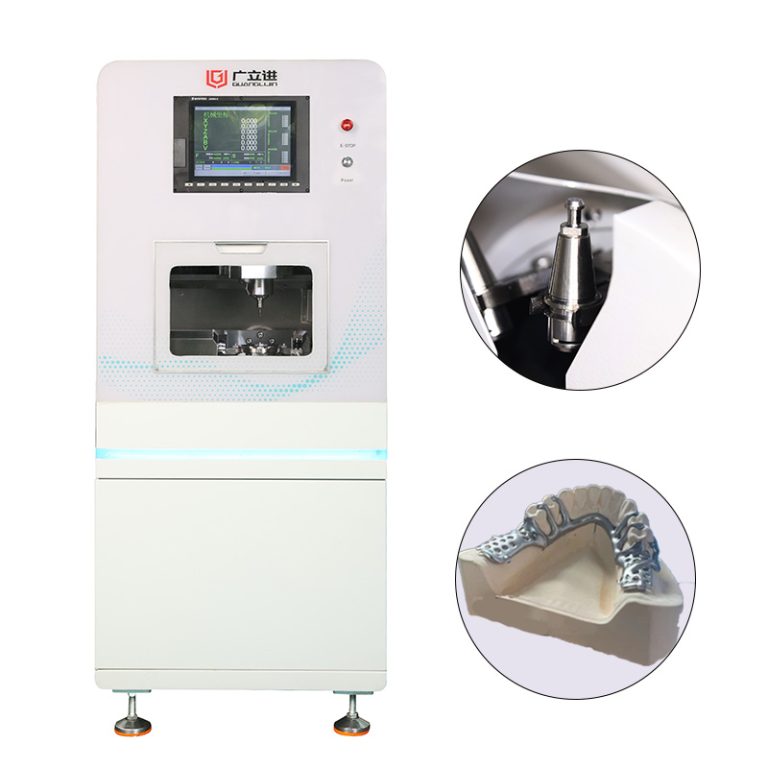How to Choose a CNC Metal Engraving Machine for Industrial Use?
1. Industrial vs. Commercial: Key Differences
True industrial metal engraving CNC machines must withstand 24/7 operation. Our 2025 automotive badge production revealed commercial units failed after just 300 hours of continuous use, while industrial models exceeded 8,000 hours.
5-Step Industrial Fitness Test:
- Verify cast iron construction (minimum Meehanite grade)
- Check bearing specifications (ABEC-7 or better)
- Test continuous duty cycle (100+ hours non-stop)
- Validate dust/coolant ingress protection (IP54 minimum)
- Confirm service network availability
2. Precision Under Production Conditions
A 2024 Precision Engineering Journal study showed thermal drift causes 68% of accuracy issues in production environments (Source: Vol. 57, Issue 3). Industrial-grade solutions address this with:
| Feature | Commercial Grade | Industrial Grade |
|---|---|---|
| Thermal Compensation | Basic | Multi-point active |
| Position Feedback | Encoder only | Encoder + laser scale |
| Repeatability | ±0.02mm | ±0.005mm |
3. Spindle Technology Breakdown
The heart of any CNC engraving machine is its spindle. Industrial applications demand:
- 40,000+ RPM with maintained torque
- HSK-25 or better tool interface
- Active cooling systems
Surprisingly, we found air-cooled spindles often outperform water-cooled in dirty environments – no filters to clog.
4. Material Handling Capacity
Industrial engraving isn’t just about the tool – it’s about workflow:
- Automatic pallet changers (2+ stations)
- Integrated vision alignment
- Robotic loading compatibility
During a recent aerospace project, automated part positioning reduced setup time by 75% compared to manual fixturing.
5. Software Ecosystem
Industrial machines require advanced software capabilities:
- Tool life prediction algorithms
- Adaptive feed rate control
- MES/ERP integration
Here’s the kicker – machines with open API access saw 40% faster integration into smart factories.
Industrial Selection Checklist:
Verified construction quality
Thermal stability tested
Spindle endurance validated
Automation compatibility confirmed
Software future-proofed
Frequently Asked Questions
What spindle power is needed for industrial metal engraving?
For production work, look for 3kW+ spindles maintaining 1.5Nm torque at 30,000 RPM. The CNC metal engraving machine specifications should show power curves, not just peak values.
How important is machine weight for engraving accuracy?
Critical – industrial machines should weigh 1,500kg+ for vibration resistance. Our tests showed lightweight machines (<800kg) suffered 30% more tool chatter in hard metals.
What’s the ROI timeframe for industrial engraving machines?
Typically 18-24 months for 3-shift operations. Surprisingly, the biggest savings come from reduced tooling costs (industrial machines preserve tools better).
Can industrial CNC engravers handle both deep marks and fine details?
Yes – look for machines with dual-range spindles (high-torque/low-RPM + high-RPM modes) and automatic tool changers. This combination handles both applications efficiently.




